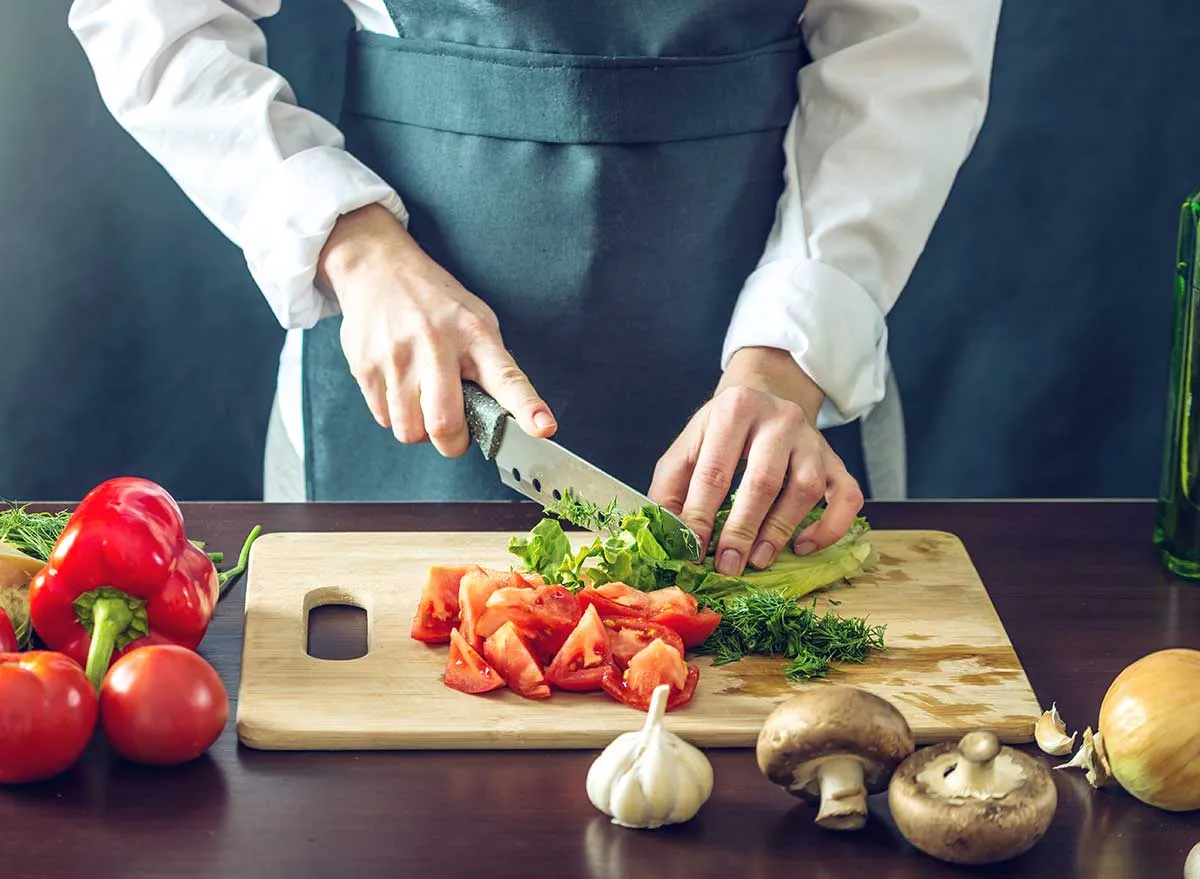If you are a kitchen professional, the cleanliness of your utensils is of utmost importance. This is especially true for plastic cutting boards that can harbor bacteria and stains even after a good wash. You might wonder how to clean plastic cutting board without bleach. In this article, we will unveil some remarkable, life-changing techniques that will keep your cutting boards in top shape.
Bleach can be harsh on plastic surfaces and may not be the most suitable cleaning agent for food preparation areas. Fortunately, there are effective alternatives that are safe and eco-friendly. Let's dive into these terrific cleaning techniques that will keep your kitchen standards high.

Why Avoid Bleach?
Using bleach on cutting boards can not only damage the plastic but can also lead to hidden residues that might affect the taste of your food. Additionally, bleach can create toxic fumes when mixed with certain substances. As a kitchen professional, adhering to food safety practices and keeping your tools in optimal condition is essential.
Supplies You Need
Before we start with the cleaning methods, gather some common household items:
- White vinegar: A natural disinfectant.
- Baking soda: A gentle abrasive that helps remove stains.
- Lemon juice: A natural bleach alternative with antibacterial properties.
- Salt: Acts as an abrasive cleaning assistant.
- Water
- A soft sponge or cloth
- An old toothbrush or scrub brush
Simple Steps for Cleaning
1. Basic Vinegar Wash
To begin, follow these steps:
- Spray or pour white vinegar over the surface of the cutting board. Make sure to cover any stained areas.
- Let it sit for about 5-10 minutes, allowing the vinegar to penetrate the stains.
- Use a soft sponge or cloth to scrub the board gently. This will help lift off dirt and bacteria.
- Rinse thoroughly with warm water and dry immediately to prevent warping.
2. Baking Soda Paste
Another great method is using a baking soda paste:
- Mix baking soda with water to form a paste.
- Spread the paste over the cutting board, paying special attention to stained or discolored areas.
- Let the paste sit for 15-20 minutes to absorb the stains.
- Scrub the board gently with your sponge or an old toothbrush.
- Rinse and dry thoroughly.
3. Lemon and Salt Scrub
This method not only cleans but leaves a fresh scent:
- Sprinkle coarse salt over the cutting board.
- Cut a lemon in half and use it to scrub the board, squeezing out the juice as you go.
- Let it sit for about 10-15 minutes.
- Rinse well with warm water.
- Dry thoroughly.
Preventing Stains and Odors
To keep your plastic cutting board looking new, practice regular maintenance:
- Always wash it immediately after use to prevent bacteria buildup.
- Avoid cutting raw meat on the same board as vegetables for cross-contamination.
- Consider having dedicated boards for different food types.
Frequently Asked Questions
What is the best way to remove stains from a plastic cutting board?
Using a mixture of baking soda and vinegar or a lemon and salt scrub can effectively remove stains from plastic cutting boards.
Can I use hot water to wash my plastic cutting board?
Yes, use hot, soapy water to wash your plastic cutting board, but avoid submerging it in water for long periods, as this can warp the board.
Is it safe to use my plastic cutting board for raw meat?
Yes, but make sure to sanitize it thoroughly after use to avoid cross-contamination.

Conclusion
Lifesaving techniques for keeping your cutting boards clean are now at your fingertips. The above methods for how to clean plastic cutting board without bleach not only ensure safety for your food but also extend the life of your cutting board. For more on maintaining kitchen hygiene, check out this informative article.
As an Amazon Associate, I earn from qualifying purchases.


























